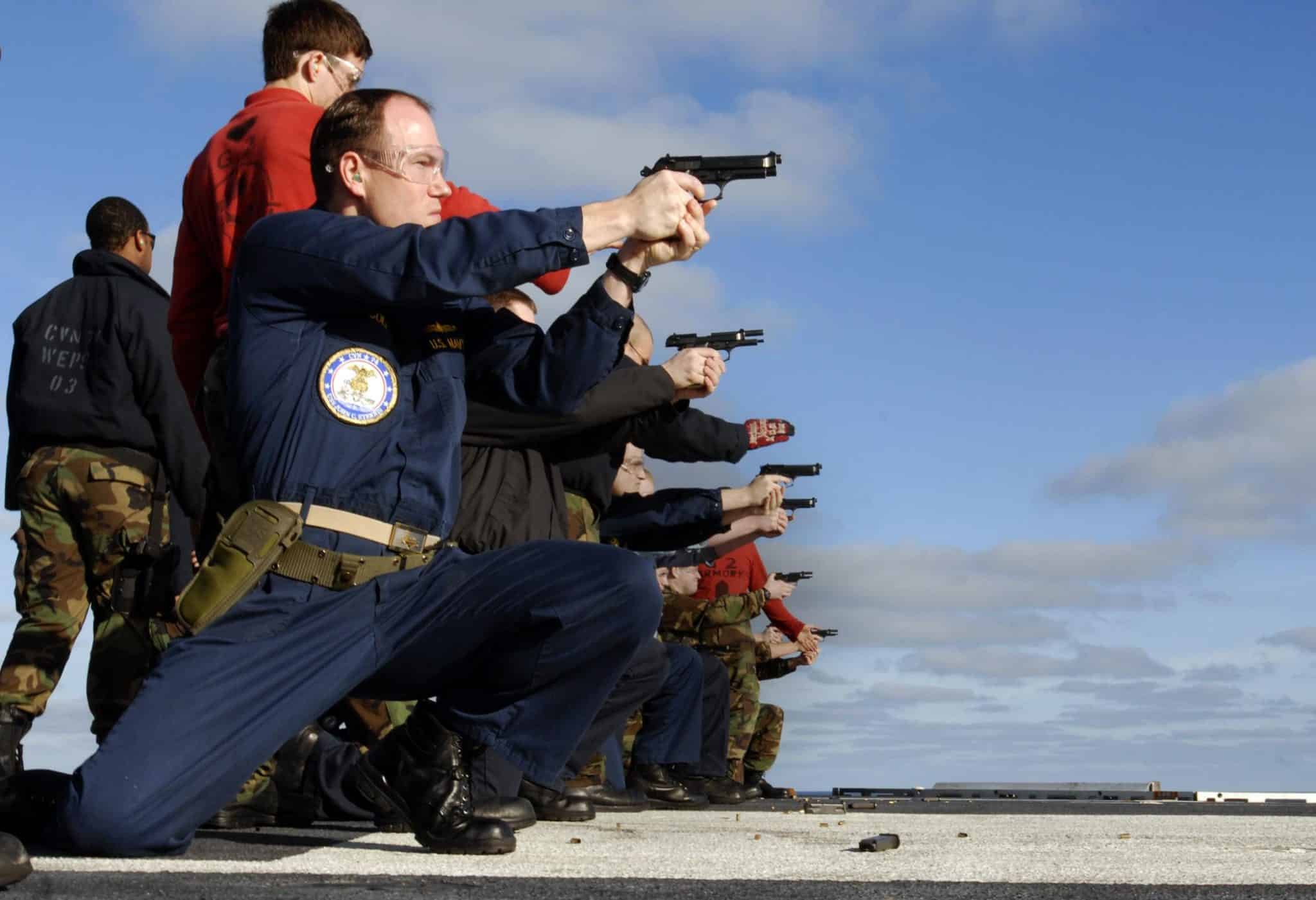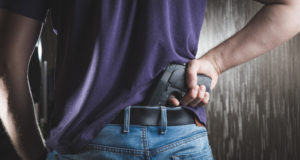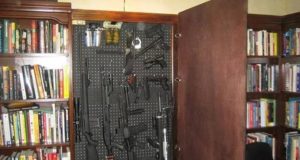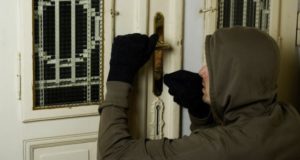You have made the decision to carry a sidearm on your person or in your vehicle daily. You have selected a handgun and obtained some baseline training, and perhaps shot a qualifying score in a concealed carry class. Your accuracy is good – if you are standing squared up in front of a non-moving target, under little or no stress.
So while you continue to add layer upon layer to your training regiment, consider giving positional shooting a try. This will add to your overall shooting abilities and boost your confidence.
Because many shooters do not practice often from alternate positions, they find shooting accurately can be difficult. These positions can change how you see your sights, grip your handgun, and therefore influence trigger press. Remember, though, that the fundamentals are still the same: stance (alternate stance), grip, sight alignment, sight picture, breathing, trigger press, and follow-through.
Listed here are the positions I believe are practical and will make you a better defensive shooter.
1. Kneeling.
Aside from a good standing position, kneeling is usually the first alternate shooting position I teach to new law enforcement officers. There are at least four kneeling styles commonly taught: speed, braced, California, and extended speed kneel. I prefer the California (both knees on the deck) for greater flexibility in upper torso movement and shooting around cover. The extended kneel (strong side knee on the deck) is a close second and allows for the shooter to recover from the kneeling position quicker. Making yourself a smaller target is also a plus.
2. Sitting.
We spend hours sitting each day — in our vehicles, at work, at a café and the movies … so it would be logical to devote some training time shooting from various seated positions. Getting your handgun into play while seated may well be the biggest challenge — and something you should not assume will be easy under high stress. How and where you carry your pistol will influence quick acquisition and the ability to draw it.
3. Prone.
While not the most likely defensive position to find yourself in, shooting from prone with a handgun is a skill set I want to have. It does, however, offer some unique challenges. Most folks would assume because your body is flat on the ground and you can use both arms and elbows to support the pistol that it would be easy to shoot accurately from this position.
Be Prepared. Learn The Best Ways To Hide Your Guns.
At 25 yards during training, I see about a 50 percent miss rate from law enforcement officers in the prone. Why? It is not practiced enough and it puts the shooter outside the comfort zone. I teach a rollover prone position that gets the shooter more onto their side and off their diaphragm. This method also allows for resting the head on your bicep instead of straining your neck while lying flat and square on with the target. If you have minimal cover or have something you can get under to shoot from (a vehicle), prone may, in fact, be just the ticket.
4. Supine
I have seen little training devoted to this position. In reality, it’s not all that improbable that you could find yourself on the flat of your back in a confrontation. If so, you may find yourself looking up at an attacker with a knife, bat or some other deadly weapon in their hands. You have only a second or two to react. Shooting at a threat standing over you or having to shoot between your knees from your back as a threat closes in is disconcerting at best. Run some drills with a good instructor while performing these tasks so that your reaction would be “oh yeah, I’ve done this before” if that day ever comes.
5. Using cover or a barricade.
There is little doubt that if you find yourself in an exchange of gunfire that cover will become your friend. Shooting from or around cover, just like the different positions mentioned above, changes how you see your sights and how you grip your pistol, because now you are doing something outside the box, forcing you to become uncomfortable. You must practice it, from standing, kneeling and prone. Use cover when it’s available and if the situation allows for it.
Adding these abilities to your skill set will boost your confidence and make you a better shooter. Along with these shooting positions, you will find that shooting with movement and shooting with one hand will also be advantageous … but that is for another discussion.
What advice would you add for those practicing defensive shooting drills? Share your tips in the section below:
If The Grid’s Down And You Don’t Have Ammo, What Would You Do? Read More Here.
 Off The Grid News Better Ideas For Off The Grid Living
Off The Grid News Better Ideas For Off The Grid Living




